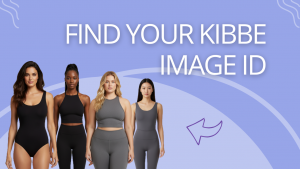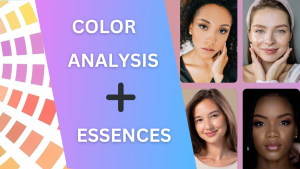
changes in the Kibbe System in 2025
- by Luisa D.
- October 1, 2025
- Kibbe Image IDs, Style Tools
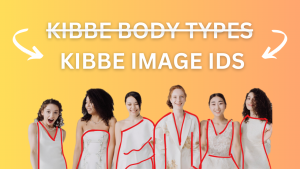
In January 2025, David Kibbe released his new book David Kibbe’s Power of Style: A Guided Journey to Help You Discover Your Authentic Style, in which he presents a new perspective on his system. In this guide, you’ll find out what’s new to the system and why Kibbe himself criticizes the term “Kibbe Body Types”.
That said, let’s address this body type confusion. Because once you understand the distinction he’s making, it’s less contradictory than it initially appears.
1. Kibbe Image Identities ≠ Kibbe Body Types
1.1 body type systems
So if they’re not body types, what exactly are we talking about here?
This is where Kibbe draws a distinction that appears subtle but carries significant weight. He created what he calls Image Identities, and this terminology matters deeply to him. His entire approach is rooted in what he describes as “love-based beauty.” The 10 Image Identities were designed to be the opposite of traditional body typing systems, not simply another iteration of them.
Consider the body type systems you’ve likely encountered, like the fruit shape system, for example. These systems share a fundamental premise: there is an ideal female body shape, typically the hourglass, and if your body differs from this ideal, clothing becomes a tool for hiding your “flaws” and creating the illusion of an hourglass figure.
It’s all about correction. Balance out your hips. Create the illusion of a waist. Minimize your shoulders. The underlying message is always: your body needs fixing, and clothes are the tool you use to hide your “problem areas.”
1.2 how kibbe is different
Kibbe’s system was supposed to work differently. Instead of trying to make everyone look like the same ideal, it was about recognizing that different bodies have different kinds of beauty.
That there isn’t one way to be beautiful, there are multiple aesthetics, multiple types of visual harmony. And instead of fighting against your natural lines, you could work with them.
That’s why Kibbe insists on calling them Image Identities, not body types. It’s not about categorizing your body as good or bad, ideal or flawed. It’s about understanding your visual essence so you can dress in a way that feels authentic rather than corrective.
Kibbe himself notes that “typing” is essentially shorthand for “stereotyping”, which contradicts the entire purpose of his system.
You’re not meant to follow a predetermined blueprint that everyone sharing your Image Identity must replicate. You’re meant to discover what feels authentic to you as an individual.
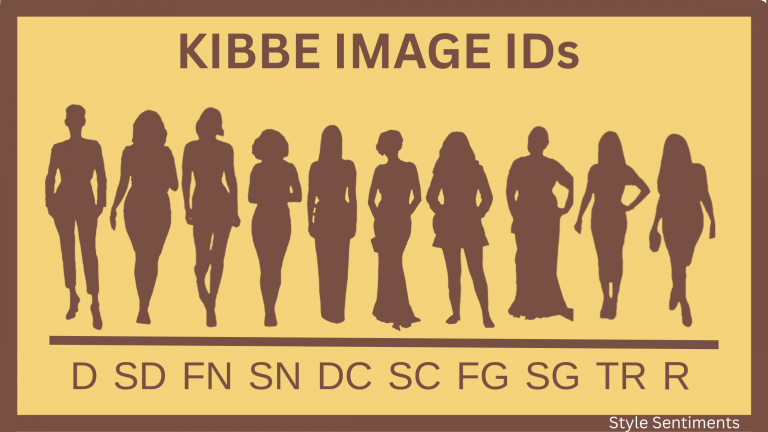
2. What's new
2.1 no specific clothing recommendations
This brings us to what’s likely creating the most confusion. Kibbe’s new book doesn’t include clothing recommendations for each Image Identity. No prescriptive lists of acceptable garments, no specific necklines, hem lengths, or fabric weights assigned to each ID.
For those who valued Metamorphosis or hoped for concrete direction, this shift might feel disappointing. We’re conditioned to want clear instructions. Someone to simply tell us what to purchase.
But Kibbe sees it differently. To him, removing those prescriptive lists is actually giving us more freedom, not less. He’s not being vague to be difficult. He’s trying to avoid creating those rigid boxes we all keep trying to fit into.
2.2 Fabric changes
Part of his reasoning is practical. Fabrics have evolved dramatically since the 1980s. Modern garment construction, available materials, contemporary fit standards the landscape has fundamentally changed. Those specific recommendations from decades ago don’t really apply to what you’ll find in stores today.
He goes into this more in the book if you’re curious about the details.
2.3 Your Personal Line
So instead of detailed recommendations for each Image Identity, the new book emphasizes your personal line.
This personal line is found in the line drawings, showing how fabric drapes around your body. The idea is to create a silhouette that complements those lines. That’s your guide when creating outfits.
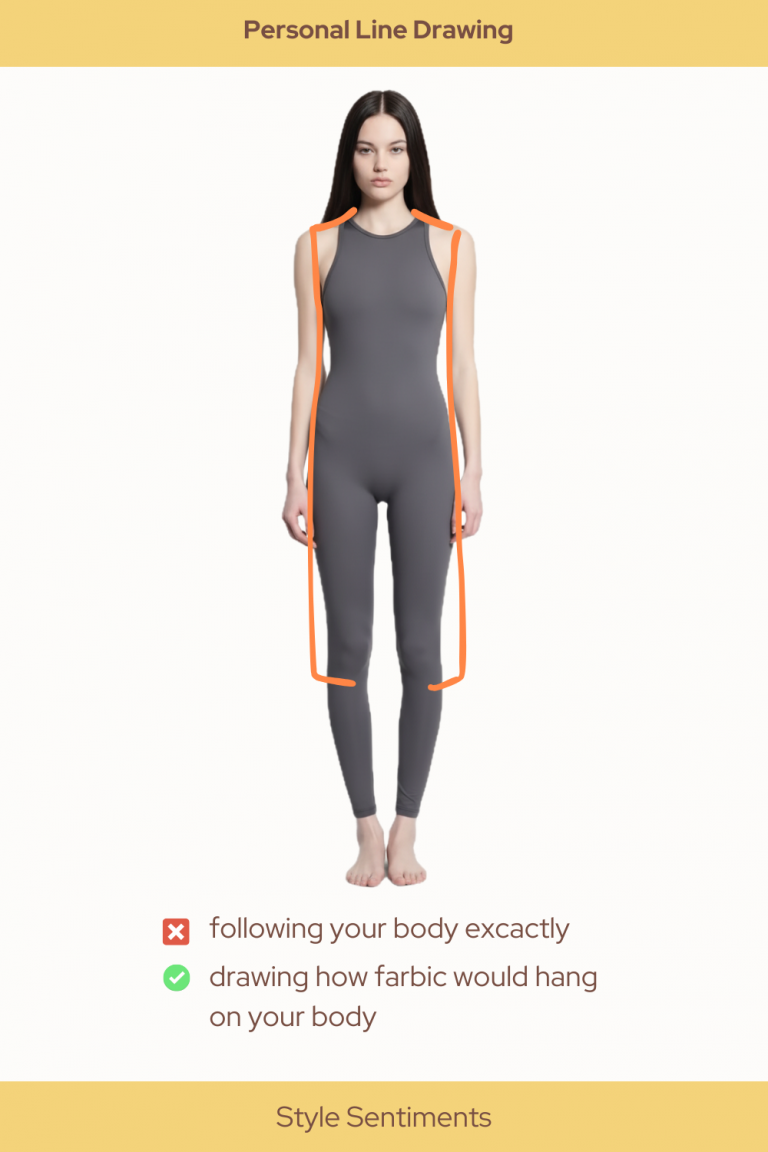
2.3.1 A practical example
Let me try to make this concrete. Say you’re working with the Dramatic Image Identity. The key concepts there are vertical and narrow. In this case, when getting dressed, you could ask yourself:
“Does this complete outfit honor a narrow vertical line?”
You’re not evaluating individual pieces in isolation anymore. You’re not standing in a store thinking, “Is this a Dramatic top?” You’re thinking about the whole visual effect. If I wear this with these pants and this jacket, does it create one narrow, continuous, elongated line? Or does something break that up?
Kibbe also advocates for shopping for complete outfits rather than individual pieces.
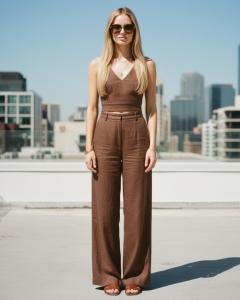
3. Reactions to the new approach
3.1 Disappointment
Kibbe’s new approach seems designed to give you maximum freedom and some people are genuinely frustrated by that.
To be honest, I kind of get it. There’s something appealing about limits, about someone narrowing down the choices for you. If a book could just tell you, “You’re XYZ, so here are your 15 approved items. Mix and match these, and you’ll always look good” . Wouldn’t that be easier?
We’re all overwhelmed. We’re all tired of making decisions. The idea of a shortcut to good style is incredibly seductive.
But here’s the uncomfortable part: when you outsource those decisions to a system — any system — you’re also outsourcing your authority over your own aesthetic. You’re basically saying:
“I can’t tell what looks good on me. Someone else needs to decide that for me.”
And maybe that’s fine for a while. Maybe that’s even a useful starting point. However, at some point, don’t you want to trust your own judgment?
3.2 What we can learn from the power of style
What Kibbe is really asking us to do is harder than following rules. He’s asking us to pay attention. To notice what we’re drawn to. To observe how we feel in different outfits. To develope our own sense of what creates harmony instead of waiting for external validation.
Because honestly? No one else can tell you if your style feels authentic to you. Not Kibbe, not me, not anyone on the Internet. That’s something only you can know.
So while the lack of clear instructions might feel frustrating, especially at first. But maybe it’s also the only way to actually find your own style instead of just following someone else’s.
Maybe the discomfort is part of the process. Maybe most of us expected a rulebook or guide but got an invitation to look inside instead.
If you prefer listening over reading
You can check out my youtube video about the topic.
